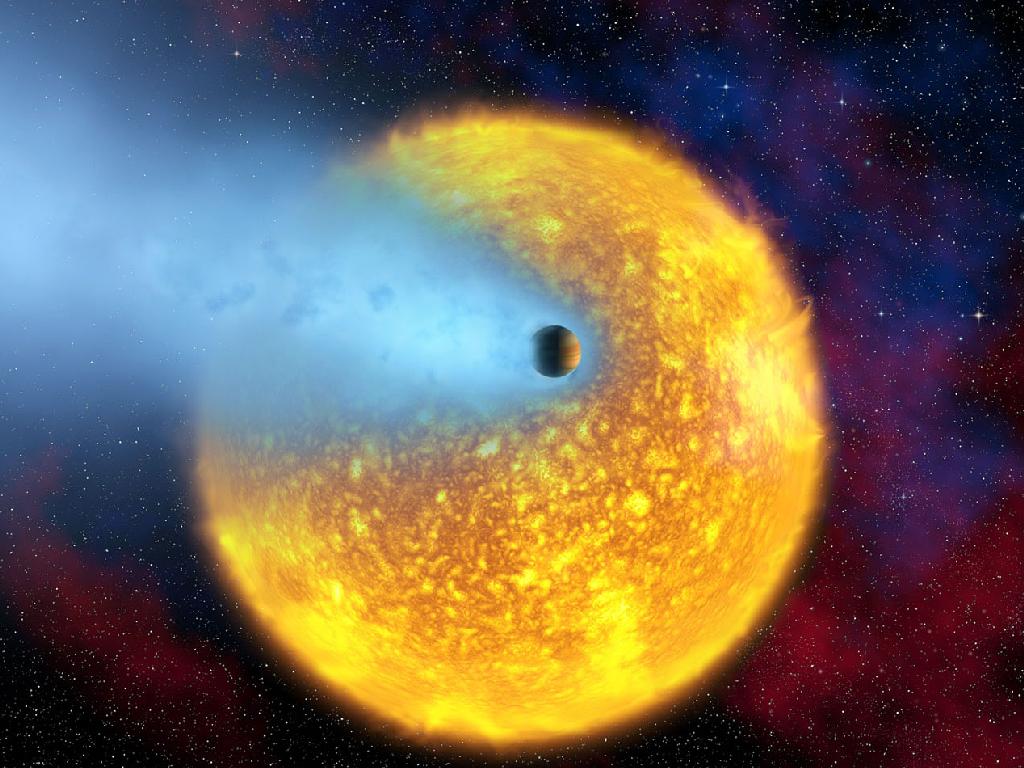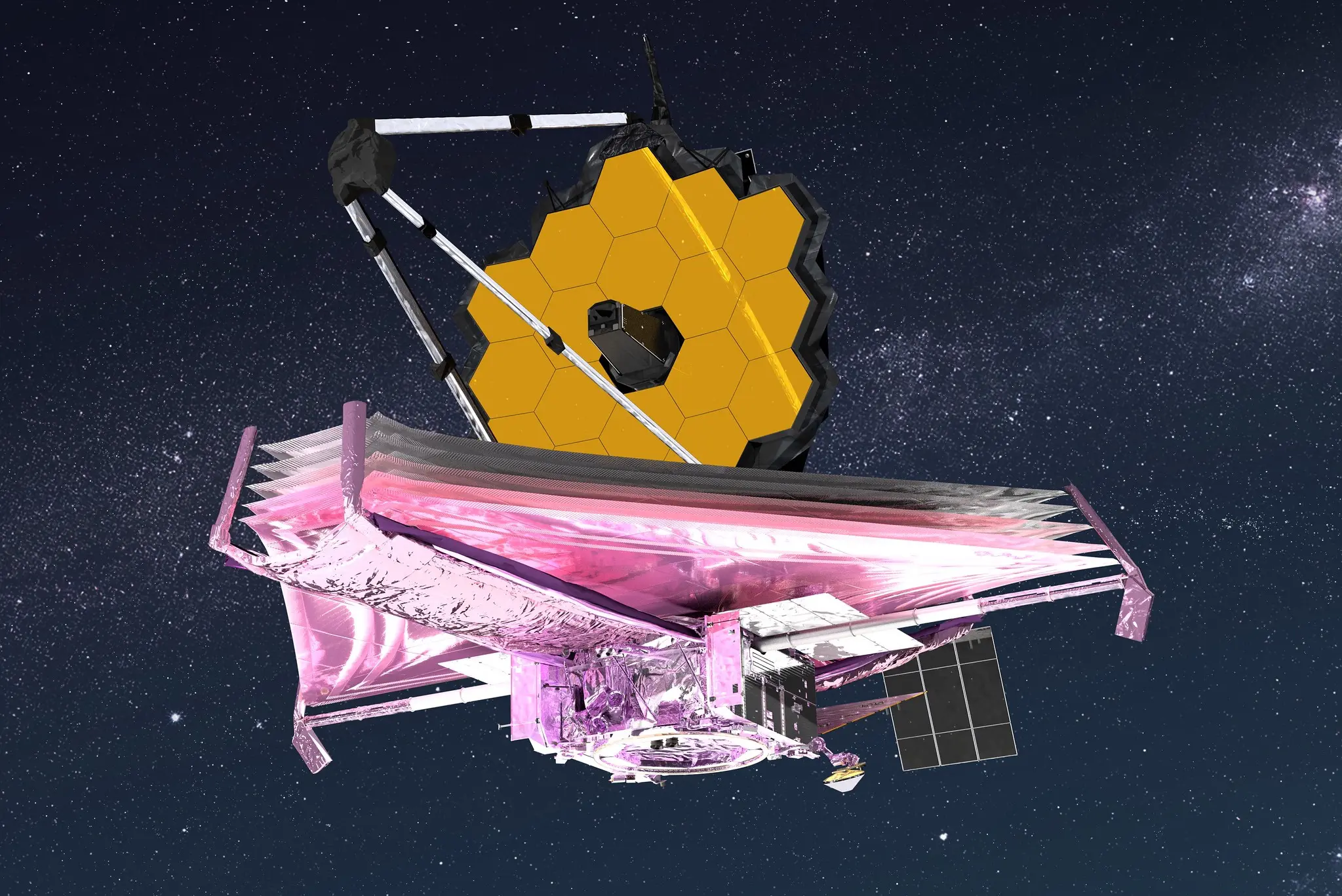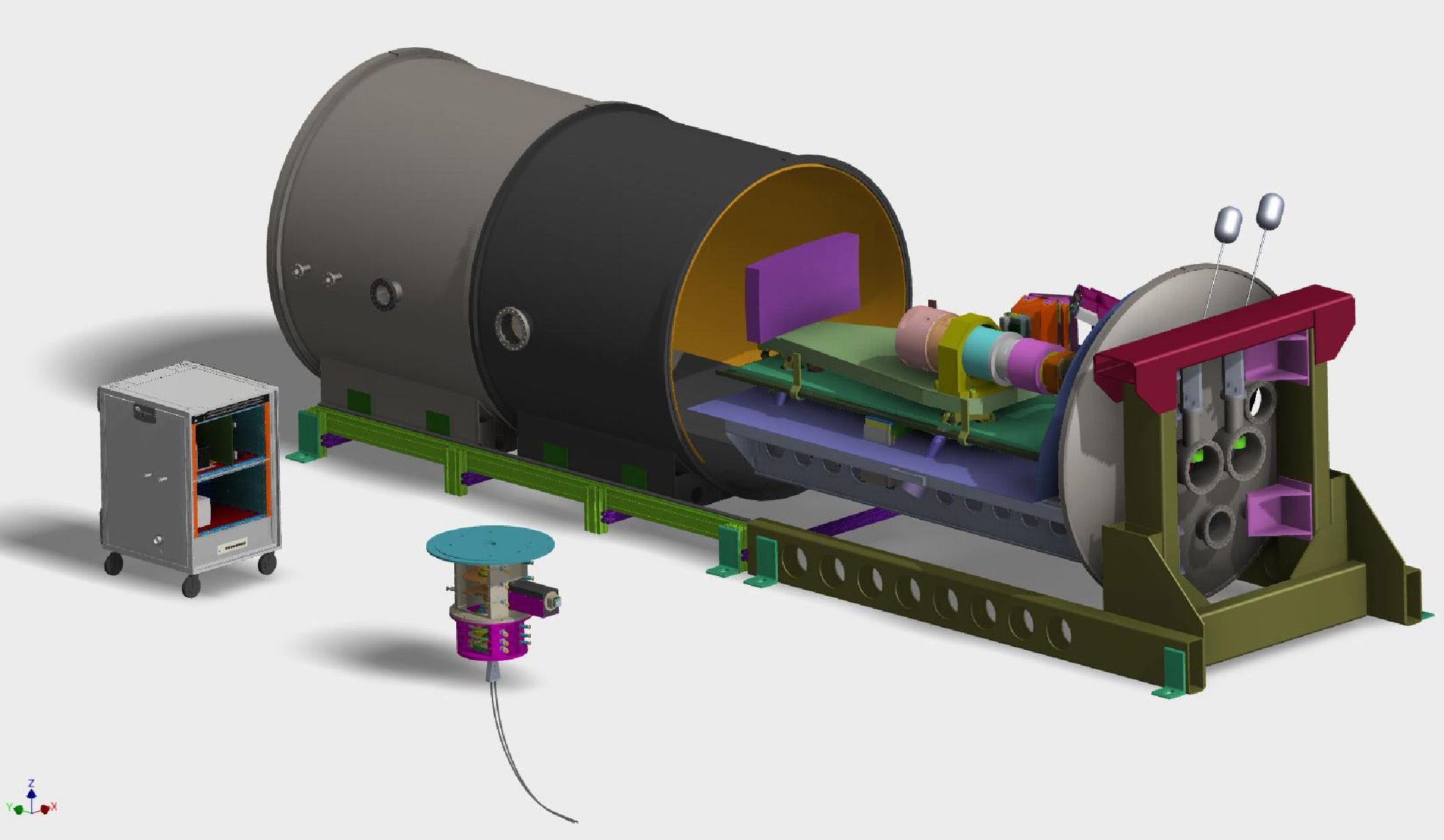OMM and CRAQ researchers participate in the discovery of a planet fated to disintegrate

A team led by researchers from MIT and NASA, with the collaboration of two CRAQ researchers (from Bishop’s University and Université Laval), has succeeded in demonstrating the future disintegration of a planet around a star. This cataclysmic event – which will take place in some 100 million years’ time – was highlighted by data obtained using the Kepler space telescope and the telescope at the Mont-Mégantic Observatory.
The planet, located some 1,500 light-years from our solar system, appears to be evaporating under the stellar winds of the star around which it orbits. The tiny planet – barely larger than our own Mercury – behaves like a comet, its long tail of debris and dust created by the blast from the star KIC 12557548. Scientific calculations show that this planet will have completely disintegrated in around 100 million years.
Using sophisticated photometric techniques and the Kepler space telescope, the team of researchers from MIT (Massachusetts Institute of Technology) and NASA were able to discover the planet and deduce its properties. Its extremely short period of revolution, around 15 hours, and its very close proximity to its star made it very intriguing. These two conditions imply that the planet is heated by its parent star KIC 12557548. Researchers then had to determine the precise properties of the star KIC 1255754 with the help of researchers from the Centre de recherche en astrophysique du Québec (CRAQ) and the Observatoire du Mont-Mégantic (OMM).
Despite its modest diameter, the OMM possesses numerous state-of-the-art instruments, including a spectrograph for characterizing stellar properties. At the request of the MIT and NASA teams, Professor Lorne A. Nelson of Bishop’s University and doctoral student Laurie Rousseau-Nepton of Université Laval, both members of the CRAQ, acquired several spectra in the visible range, despite the relatively low luminosity of the observed star. Thanks to these spectra and theoretical models, the teams were able to unveil the properties (mass, temperature and star type) of KIC 12557548.
The combination of data from the Kepler space telescope and the Mont-Mégantic Observatory telescope showed that the planet orbits a star similar in size and mass to our Sun, but with a slightly lower surface temperature (around 4200 ºC). The planet completes 15-hour revolutions very close to the star. Its surface melts and evaporates, under temperatures of 3200ºC, resulting in the formation of a tail of debris and dust – a phenomenon very similar to that of comets in our solar system.
This discovery was published in June 2012 in The Astrophysical Journal, Volume 752, Issue 1.


